How to install and use Wine on Ubuntu 18.04

Wine is an open source compatibility layer that allows you to run Windows software applications on Unix-like operating systems, such as Linux, FreeBSD and macOS. Wine means Wine is not an emulator. It is a set of interfaces that translates Windows system call instructions into POSIX system call instructions for Linux and other Unix-like systems.
Wine is not the best choice for running Windows software applications on Linux. Not all Windows software applications can run in Wine. Even if they can run, they may not work properly. The Wine AppDB database lists all software applications that have been tested and confirmed to run normally under Wine.
You can also use a virtualization tool, such as VirtualBox or VMware, but they require more system resources and also install a Windows.
This guide explains how to install Wine on Ubuntu 18.04. We will show you how to install the stable version 3.0 and the latest version of Wine 4.0. The same instructions apply to Ubuntu 16.04 and any Ubuntu-based distribution, including Linux Mint and Elementary OS.
1. Prerequisites##
In order to be able to install new packages on your Ubuntu system, you need to log in as a user with sudo privileges.
2. Install Wine 3.0 on Ubuntu
The Wine package is included in the default Ubuntu software source and can be easily installed via the apt package management tool. This is the easiest way to install Wine on Ubuntu. In any case, the Wine version included in the software source is definitely behind the latest version.
Update the package list:
sudo apt update
Next, enter the following command to install Wine:
sudo apt install wine64
Once the installation is complete, use the wine --version command to print the Wine version number:
wine --version
At the time of writing this article, the current version of Wine on Ubuntu 18.04 is 3.0.
wine-3.0(Ubuntu 3.0-1ubuntu1)
Three, install Wine 4.0 on Ubuntu
In this section, we will provide step-by-step instructions on how to install Wine 4.0 on Ubuntu 18.04.
First, use the following wget command to import the GPG key of the WineHQ software source:
wget -qO- https://dl.winehq.org/wine-builds/winehq.key | sudo apt-key add -
Use the following command to add the WineHQ software source:
sudo apt install software-properties-common
sudo apt-add-repository 'deb http://dl.winehq.org/wine-builds/ubuntu/ bionic main'
Enter the following command to install Wine 4.0:
sudo apt-get install --install-recommends winehq-stable
Enter the following command to verify Wine installation:
wine --version
The output should look like this:
wine-4.0
Fourth, configure Wine
To configure Wine, use the winecfg command in the terminal, it will install Mono and Gecko, and set up the Wine environment:
winecfg
A dialog box similar to the one below will ask you if you want to install mono.
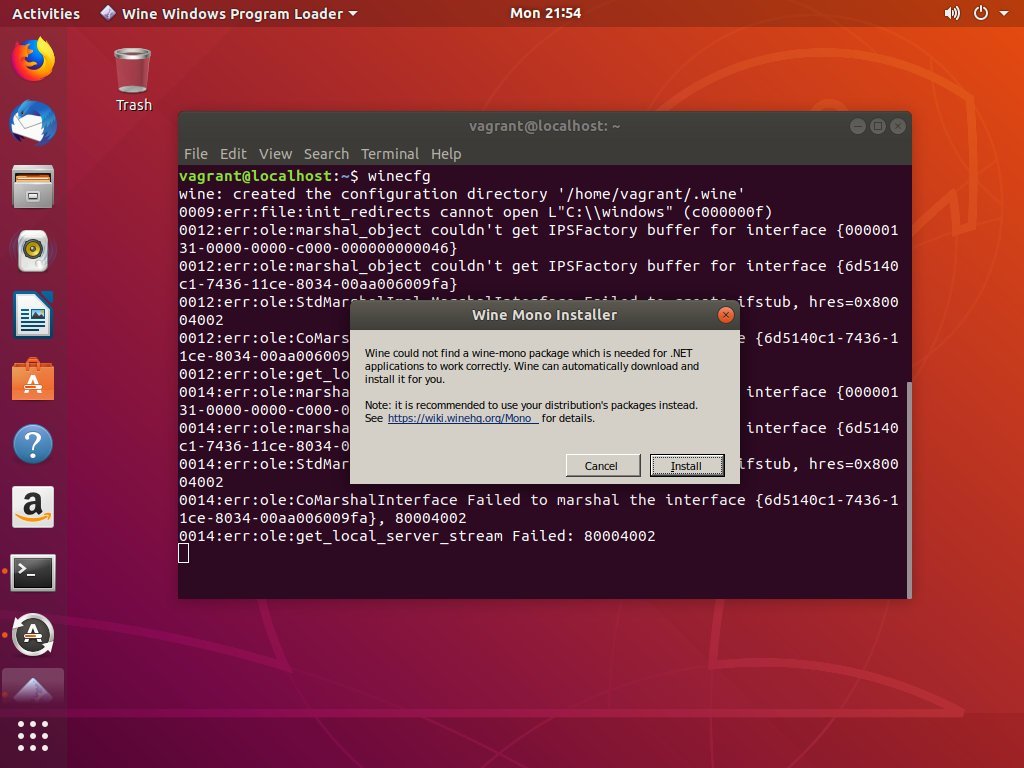
Click the "Install" button and start the installation. Once the installation is complete, a new window will appear, asking if you want to install Gecko. Click the "Install" button again.
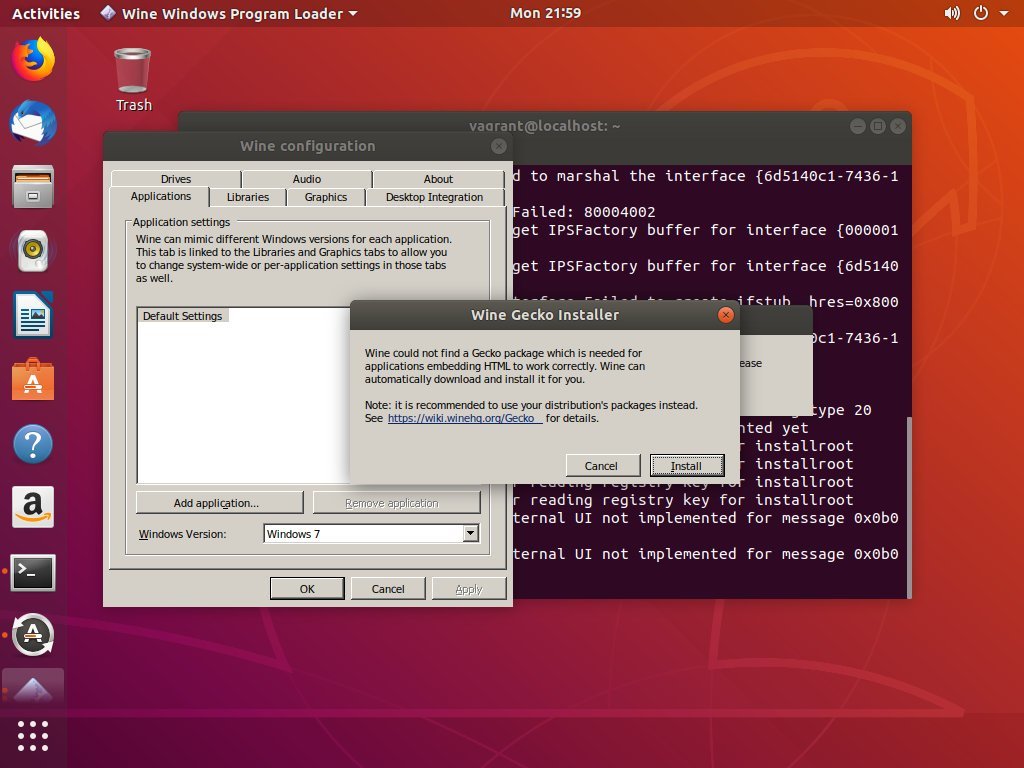
In the Wine configuration window, you can configure various Wine settings. The default settings are suitable for most scenes. When the configuration is complete, close the dialog box.
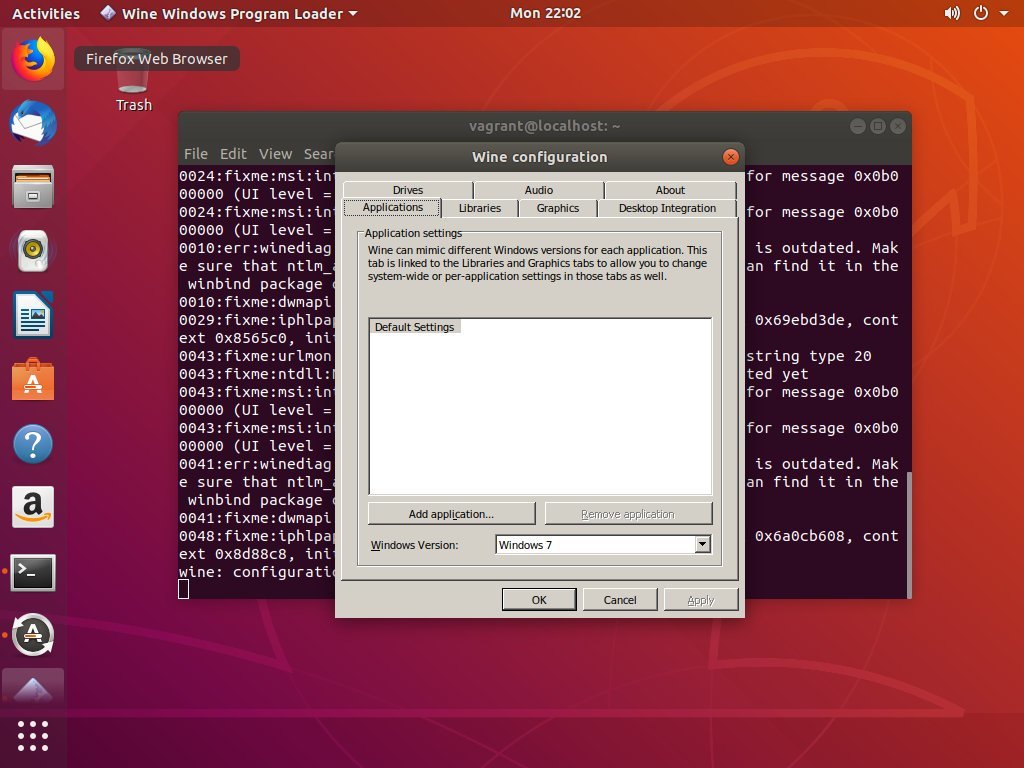
Five, install Notepad++ on Ubuntu
Now that Wine has been installed and configured, we will explain how to install Windows software applications on Ubuntu.
In this guide, we will install Notepad++, the most popular text editor among Windows users. Launch your browser, and download the Notepad++ installation file from Notepad++ download page.
Once the download is complete, right-click the .exe file and select "Open With Wine Windows Program Loader".

Display the installation graphical interface, select the language, and install Notepad++ as you would install software on a Windows computer.
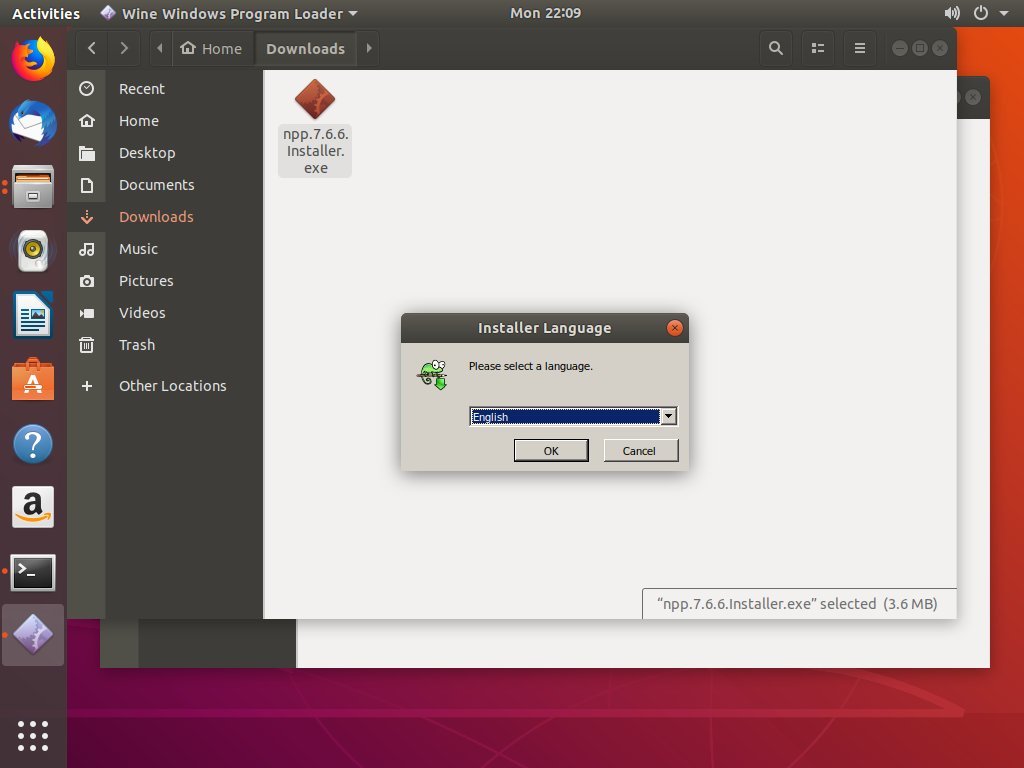
The Windows software application is installed in the ~/.wine/drive_c/ directory.
To start the Notepad++ editor, switch to the ~/.wine/drive_c/Program Files (x86)/Notepad++ directory.
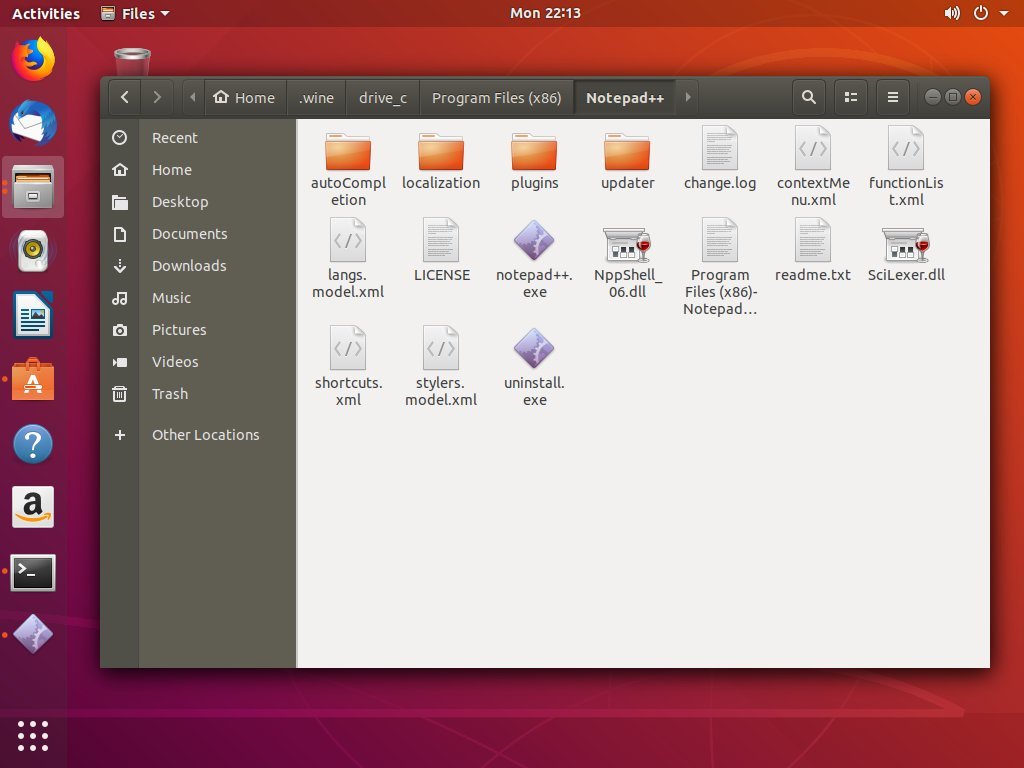
Double-click the notepad++.exe file.

Six, summary##
You have successfully installed and configured Wine on your Ubuntu desktop version. We have shown you how to install and start Windows software in Wine.
Recommended Posts